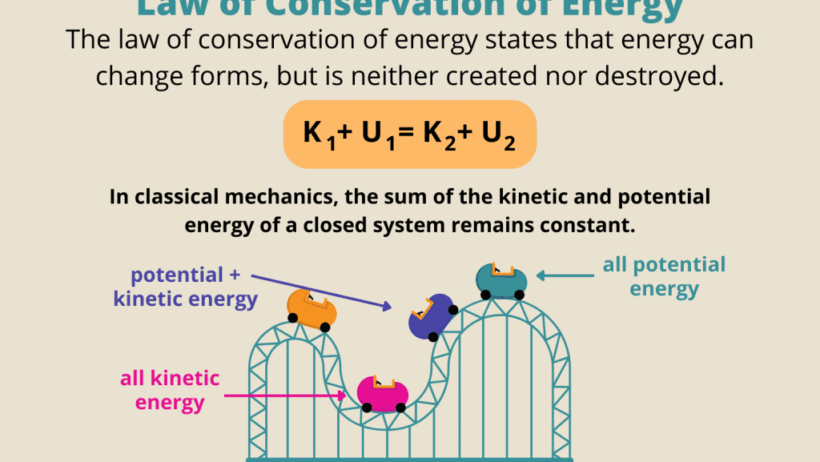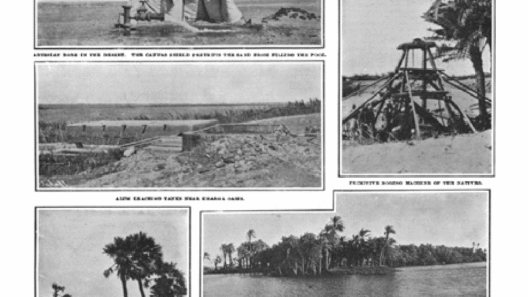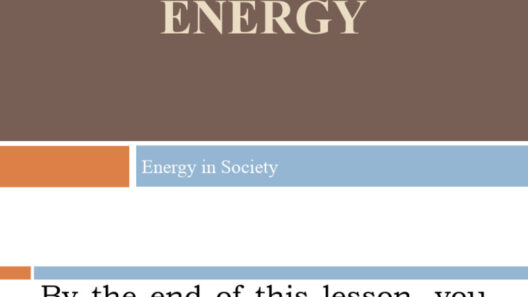The Law of Conservation of Energy stands as a bedrock principle in the realm of physics, presenting a simple yet profound truth: energy cannot be created or destroyed, only transformed from one form to another. This concept, akin to the immutable law that a river may change its course but does not cease to flow, has its origins rooted in the intellectual legacies of several key figures. Who were the brilliant minds that shaped this revolutionary discovery? Let us embark on a journey through time, unveiling the scientists who illuminated the path towards understanding this fundamental law of nature.
Origins of a Profound Concept
The seeds of the Law of Conservation of Energy were sown during the early investigations of thermodynamics in the 19th century. One pivotal figure, James Prescott Joule, emerged as an experimenter extraordinaire, meticulously quantifying the heat generated through mechanical work. In his exploratory experiments, Joule ingeniously demonstrated that energy could be transformed into heat, invoking the initial stirrings of the concept of energy conservation.
Joule’s work with a simple apparatus known as the calorimeter revealed that when mechanical energy was applied to a system, it resulted in an equivalent increase in thermal energy. Such findings were revolutionary; they laid the groundwork for the understanding that energy is transmutable, yet its total quantity within an isolated system remains constant. In the metaphorical tapestry of science, Joule knitted the first threads of energy conservation, foretelling a future wherein energy’s many forms would be acknowledged as different facets of an eternal jewel.
The Dance of Forces: From Joule to Helmholtz
As this revolution in thought began to gain momentum, another scientist, Hermann von Helmholtz, played a critical role in refining the nascent understanding of energy conservation. Helmholtz presented the idea that energy in a closed system would always remain constant, thus enhancing the dialogue surrounding the implications of energy transformations. He contended that energy could transition between kinetic, potential, thermal, and chemical forms, while always adhering to the stringent dictates of conservation. This conceptual dance of forces offered a profound insight into the nature of energy itself, revealing it as a constant companion throughout the cosmos.
Helmholtz’s contributions heralded a shift in scientific paradigms, positioning energy as a central theme in a grander narrative of the natural world. His interpretations beckoned the scientific community to observe energy not merely as a quantifiable unit but as a flowing river, harmonizing the interplay of varied forces and manifestations. The intellectual murals painted by these pioneers began to coalesce into a coherent theory—a tapestry woven through experimentation, theorization, and a shared quest for understanding.
The Theoretical Empowerment of Energy Conservation
The advent of the first law of thermodynamics further catalyzed the acceptance of energy conservation as a universal tenet. This law, ultimately formalized in the late 19th century, proclaimed that the total energy in a closed system remains constant, regardless of the transformations that occur. By asserting that heat, work, and energy are interconnected states, the law fortified the scientific community’s acceptance of the conservation principle into the very fabric of physical science.
In a metaphorical sense, the first law of thermodynamics serves as the cosmic accountant, meticulously tracking every joule and calorie across the vast ledger of existence. This new awareness transformed not just physics but countless disciplines, from chemistry to biology, fostering a holistic understanding of energy flows in natural phenomena. The realization that energy moves through systems unceasingly redefined how scientists understood the universe and propelled forward the fields of engineering, environmental science, and numerous applications in technology.
The Legacy of the Energy Conservation Principle
Understanding the implications of energy conservation has been transformative for humanity. Architects of modern society have harnessed this knowledge, shaping the landscape and building frameworks that echo the principles of energy efficiency and sustainability. Every endeavor to develop renewable energy sources, from wind turbines to solar panel technology, is interlaced with the foundational ideas introduced by Joule and Helmholtz. These scientists paved the way for an understanding that reverberates in our quest for sustainable living on our planet.
The journey that began with a few inquisitive minds observing the dance of heat and motion has blossomed into a robust framework guiding contemporary science and technology. The interplay of conservation principles in engineering and environmental stewardship offers not just practicality but a clarion call to reevaluate our relationship with the planet. Reminiscent of the cyclical nature of energy, the tasks we face in combating climate change echo the very laws that Joule and Helmholtz elucidated.
Conclusion: A Call to Acknowledge the Transformative Power of Knowledge
In the grand narrative of science, the Law of Conservation of Energy is not merely an abstract concept but a vital thread intricately woven into humanity’s understanding of the natural world. It calls upon an awareness of the intricate relationships between different forms of energy and propels a collective consciousness toward responsible stewardship of Earth’s resources. Just as energy pervades all things, so too must the insights gained from the greatest minds of our past continue to inspire us, energizing our innovation and guiding our resolve to create a sustainable future.






